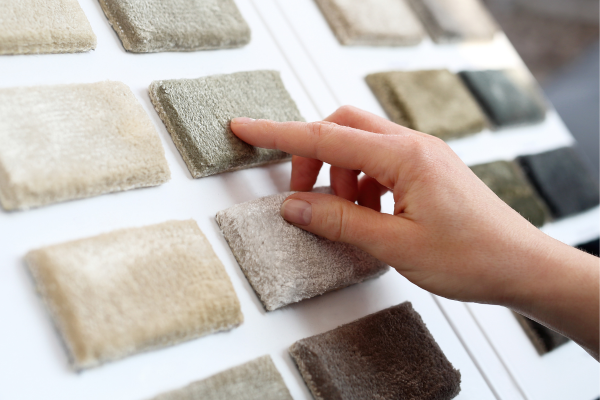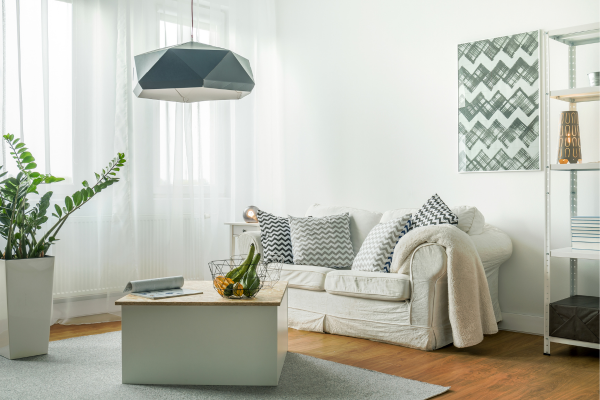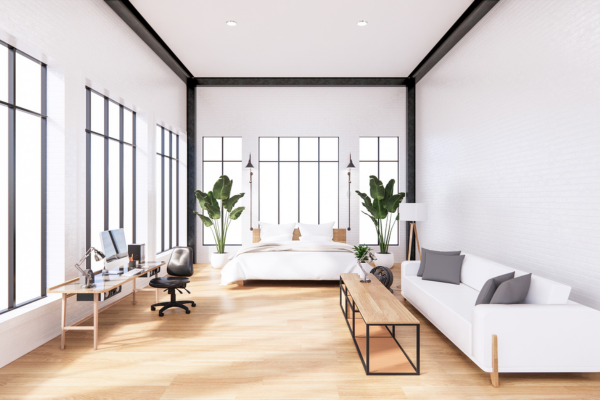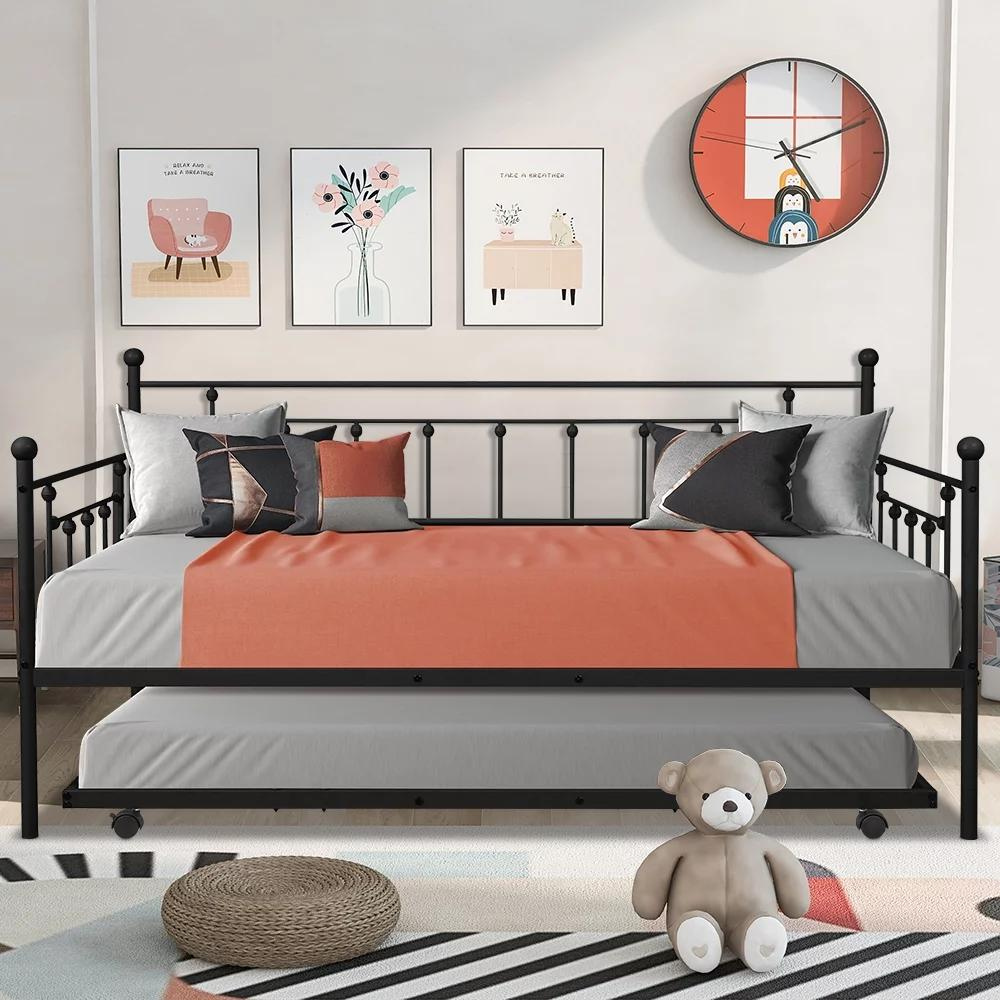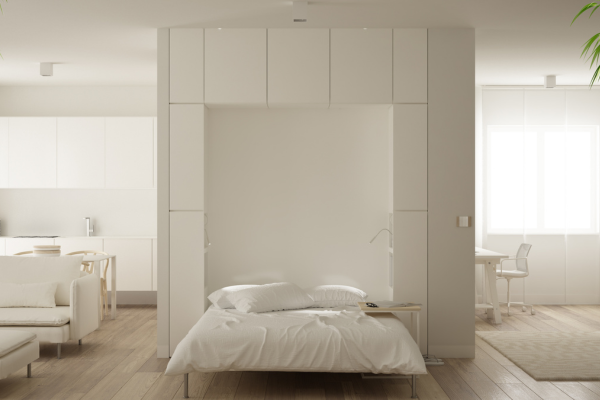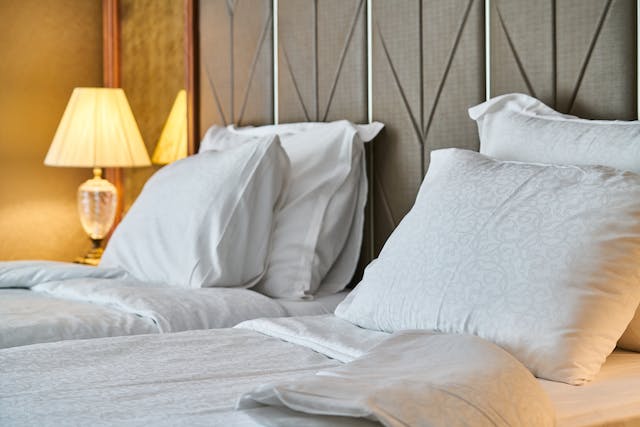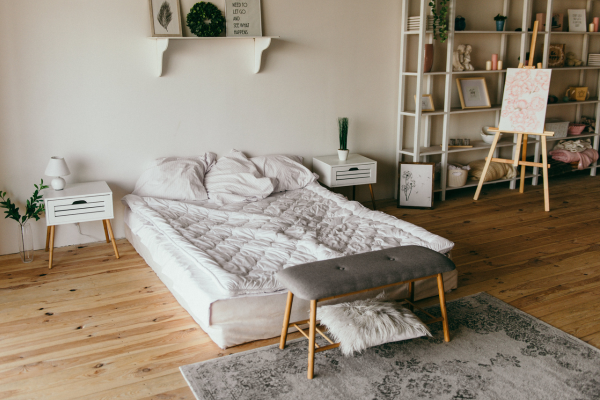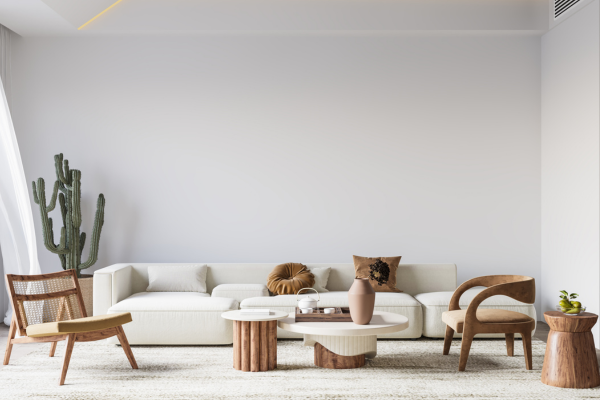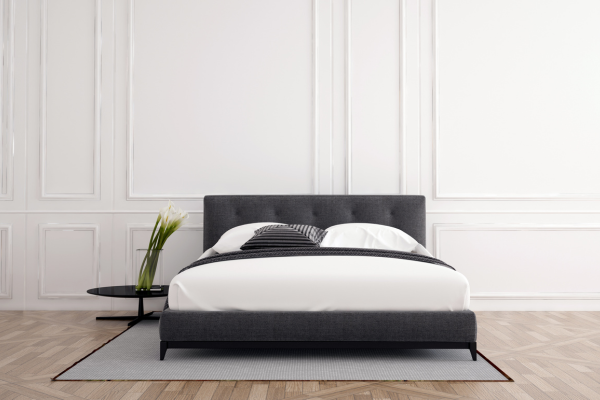How to Choose The Best Carpet Colors at Home
Selecting a best carpet color can pose a significant decorating challenge as it can be difficult to imagine the color in a spacious area based on a small sample. A change in carpet color can drastically impact a room, influencing its appearance, ambiance, and functionality. If you’re uncertain about how to begin choosing a best carpet color, continue reading for some tips and recommendations. What Carpet Color Is Best for Your Home? Consider the room’s central spot, such as a sofa, when choosing a carpet color for your home. Since sofas usually come in limited color options, selecting a carpet color that complements the sofa is important. After choosing the carpet, select the wall paint color, which offers almost limitless options. The general rule is, to begin with the element with the fewest choices and leave the component with the most extensive selection for last. For instance, in the bedroom, bedding choices are plentiful and less costly to change, so decide on the carpeting and wall paint color before choosing the bedspread. Popular Colors for Carpets When selecting a carpet, it’s important to remember that some colors may come and go with the latest trends, while others stand the test of time. If you’re looking for a carpet that exudes classic style and can last a lifetime, then it’s wise to opt for dark, light, bright, or neutral tones that can transcend trends. By making a wise color selection, you’ll be investing in a carpet that will remain stylish and beautiful for years to come. Dark Colors People with pets and families often prefer black and dark colors such as charcoal, dark gray, and deep brown to hide stubborn stains and pet hair. These colors have been popular for many years and do not go out of style. Light Colors Beige ranks as one of the most favored carpet colors due to its light and warm neutral tones. This color can conceal minor stains and effortlessly complement a wide range of styles. Other popular choices include ivory, off-white, and light gray. While some individuals may be wary of choosing stark white due to concerns about stains, layering a darker-toned rug over a light-colored carpet can be an effective solution. Warm Neutrals Neutral carpet colors are the most popular choice, with current trends leaning towards earthy hues like warm gray or cappuccino-colored beige. Other warm neutrals to consider are tan, cream, and brown. Opting for a neutral carpet color is an easier and less expensive option for any room, as it will outlast fads of bright color trends. If you want to add bright colors, consider using accessories, accent pillows, or wall hangings. You can also use wall paint to quickly and cost-effectively add color or brightness to the entire room. Cool Neutrals Gray is a cool neutral color for carpets, with a hint of blue mixed in with black and white to create a modern, sophisticated shade. Greige, a recent popular color in interior design, is a cool neutral blend of gray and beige. Depending on its pairing, this neutral carpet can either bring out the bluish tones from the gray or enhance the tan and brown hues from the beige. Vibrant Colors Bright carpet colors could be better showcased through wall color or accents. If you spot a color that could endure for a decade, such as blue, green, pink, or purple for a child’s room, it’s a wise long-term choice. Alternatively, you can opt for a bold carpet color and balance the room with subtle sofa colors, furniture, and muted accessories, making the floor the focal point while maintaining a soothing overall look. Textures and Patterns Enhance your carpet’s personality by choosing unique texture options such as friezes or cut and loop styles. These styles add depth and character to your carpet without making it the focal point of the room. The type and quality of fiber used also impact the softness and overall look of the carpet. Opting for a flecked color instead of a solid one is another way to infuse personality into your carpet. Flecked colors, often referred to as Berber, are typically found in neutral tones, with darker neutrals used for the flecks. Apart from their visual appeal, Berber flecks are practical as they help conceal dirt and lint between vacuuming’s. If you want to minimize the appearance of debris on your carpet, consider choosing a flecked color. Consider Lifestyle The way you live and how you plan to use the carpeted room are important factors to consider when choosing the color and style of carpet. In a busy household with children, pets, and working parents, white carpets are not usually a good choice as they can easily show dirt and stains. It’s important to remember that very light and very dark colors will show more unwanted debris compared to midtones. While dark colors may be good at hiding stains, they will show lint and dust more than other colors. A carpet that is neither too light nor too dark will be the best option for concealing these issues. How to Choose a best Carpet Color? Choosing the color of your carpet can significantly impact the overall ambiance of a room, so it’s important to make your selection thoughtfully and with consideration. Consider how trends may evolve, and ensure that the color you currently favor will remain appealing in the future. After you’ve narrowed down your color options, the next step is to select swatches and samples. Personal Choice: Once you know the color family you want, begin by examining the color hue swatches provided by carpet manufacturers. Use the process of elimination to get rid of the colors you immediately dislike. It will be simpler to choose from a much smaller selection. Décor: Think about the other items in your room. What colors stand out in your furniture, wall decorations, and other décor that you really like and plan to keep for a while? Choose if you want to emphasize a color
How to Choose The Best Carpet Colors at Home Read More »

